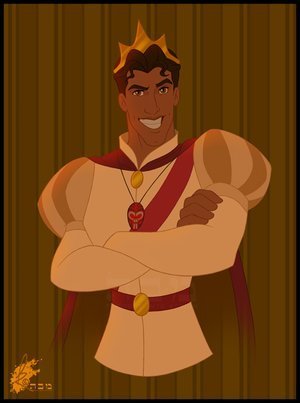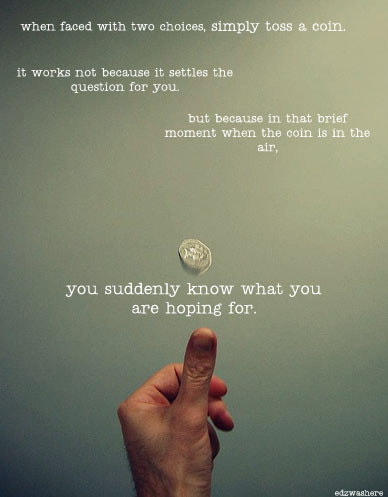It is fitting I haven’t gotten around to writing about my younger son, Guppy, turning 4 until more than a week after the fact. The celebration of his birthday stretched out over almost a week, starting with a play date. He’d told some of his preschool classmates they were invited to his party, but I wasn’t sure which ones. Then I couldn’t find a date or time that worked for a typical party, so I invited them all to join him at an open gym. I covered admission and bought a few dozen donut holes for this no-present, no-cake non-party, and it worked out pretty well. The kids who could come had fun, and (I hope) no one’s feelings were hurt.
We had a proper family dinner a few days before his birthday, with pizza and a bakery cake I customized with a toy monster truck and tire tracks. We had to have a quick dinner the day of, since G. Grod had a meeting that evening. Guppy asked for hot dogs, so I heated those, melted cheddar on the buns, cooked bacon to put on the buns, then served them alongside edamame and frozen tater tots, with ketchup, mustard, mayo, relish and Sriracha on the side. I put the plate in front of 6yo Drake and he said, “Wow, this is a fancy dinner, Mom!”
Finally, Guppy celebrated at his preschool, taking four turns around a pretend sun. All in all a good series of celebrations.
At four, Guppy is mostly past the very trying insanity of 3 1/2, where he would insist on impossible things then melt down when he didn’t get them. He still tries to exercise control over things he can, but he’s become a little more flexible and can almost grasp what a compromise is. He continues to drop the beginning ’s’ from words, so he’ll say he needs a “”poon” for ice cream, or that the chili is too “‘picy.” He calls a fox a “fots” as I did when a girl, and still has some trouble with letters G, K, R and L. Nonetheless, he makes himself understood.
We recently made the switch to a booster seat, so he’s now able to unbuckle himself, which is much more convenient than his 5-point toddler harness was. He has several friends, both in and out of preschool. His interests tend to follow those of 6yo brother Drake: race cars, comic books, and Ruff Ruffman. Guppy is quick with puzzles, and talented with those tiny Lego pieces; he’s very good at building and putting things together. He also likes to help me bake and cook, so he’s coming along nicely as my sous chef. His favorite book is Monkey with a Toolbelt and the Noisy Problem; I got him a signed copy for his birthday.
Mostly, he’s a good-natured, affectionate little boy with a ready smile who’s fun to be around. And when he’s not, I just have to wait a bit till he comes ’round again.



